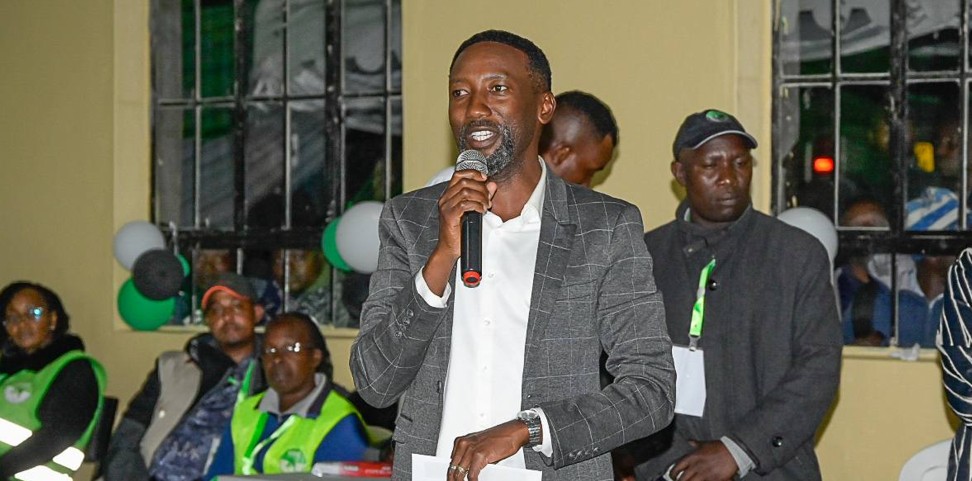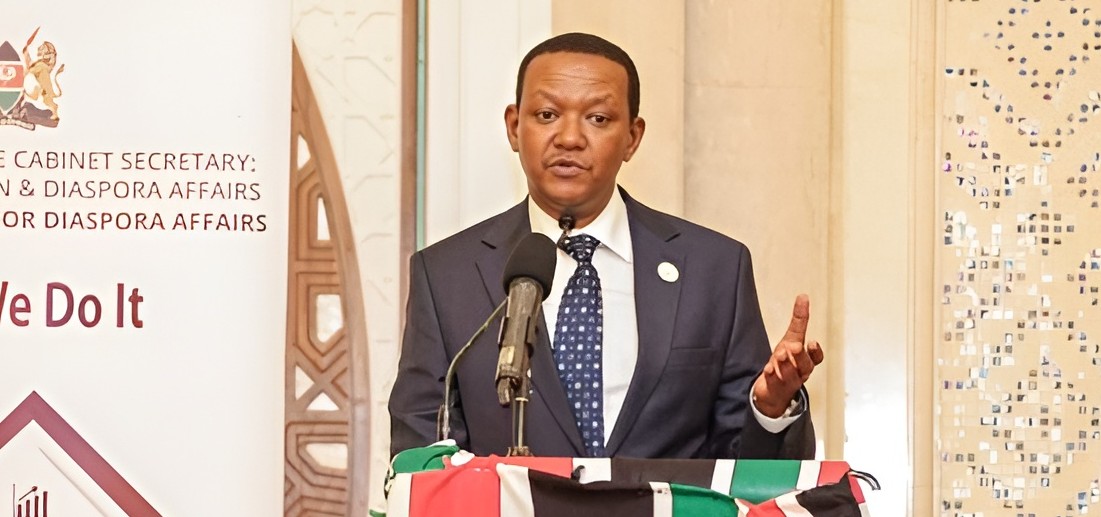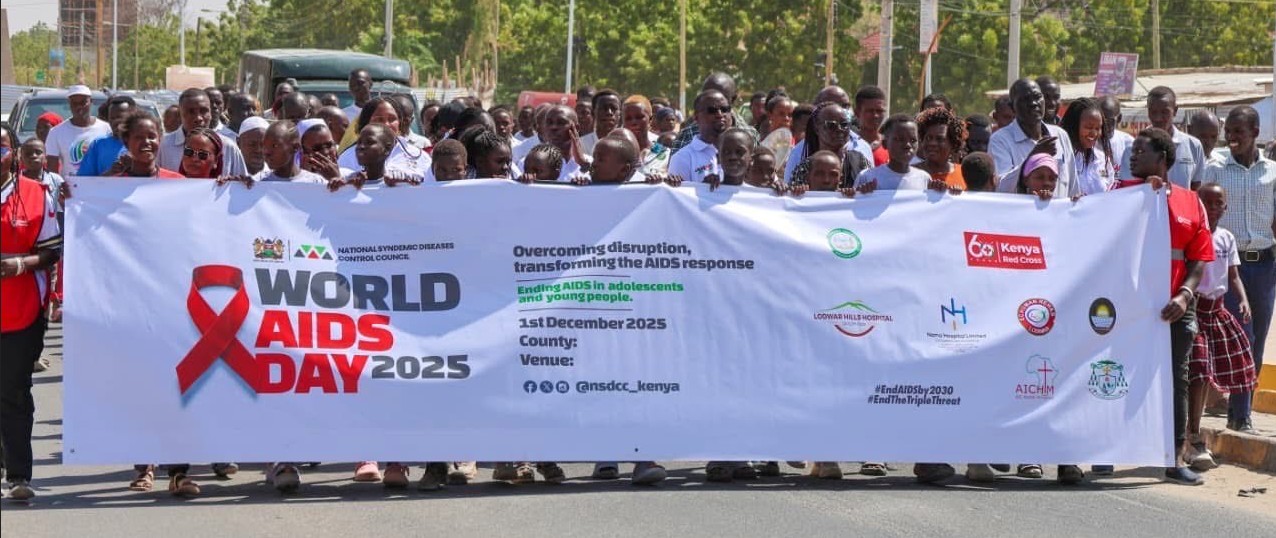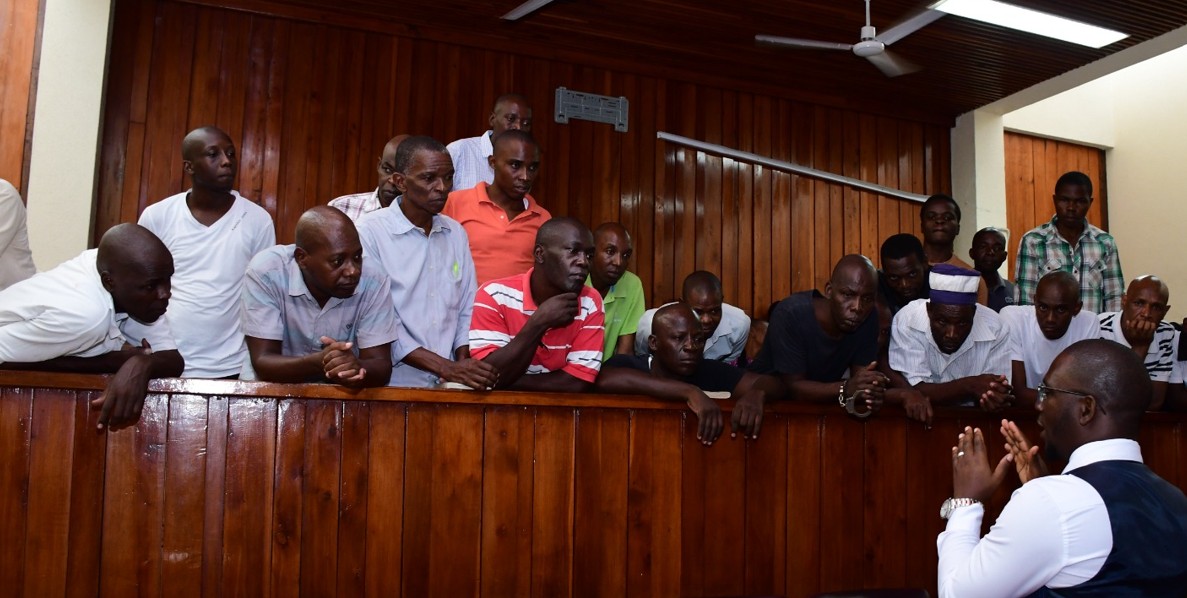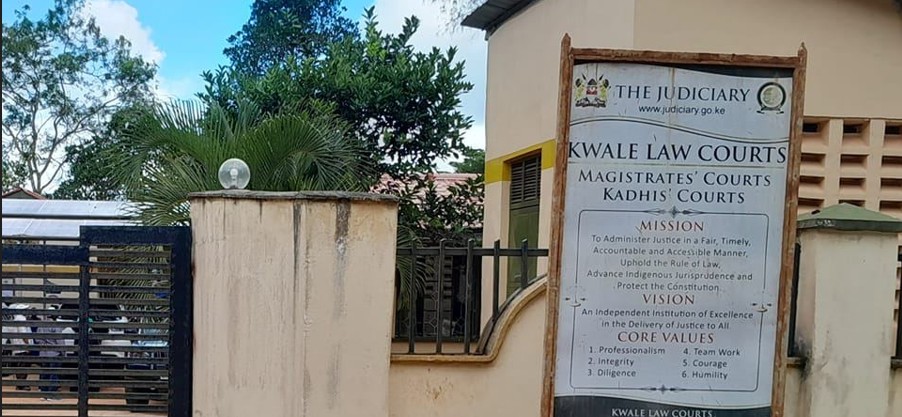From hope to despair: HIV patients left behind by Kenya’s health transition
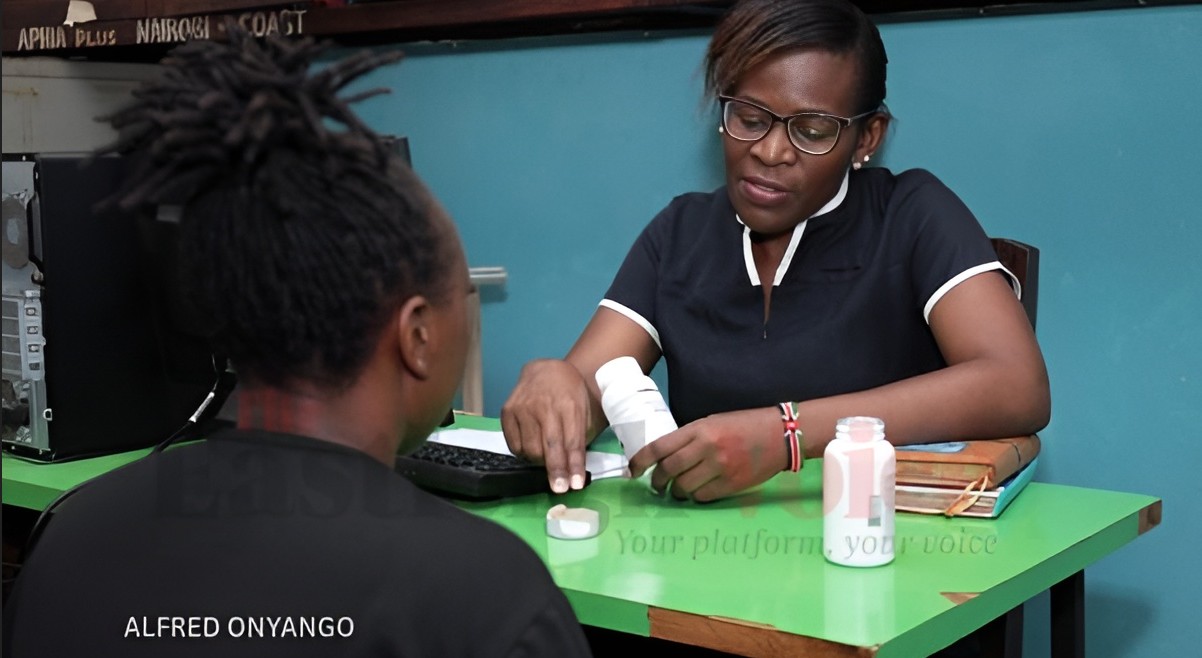
When donor funding for vulnerable groups was first withdrawn, there was hope that some form of cushioning would ease the transition. But months later, the reality has been far harsher—especially for those already living on the edge.
For community health promoter Rael Kimiyu, nothing is more painful than watching people she once helped thrive—those whose viral loads were suppressed, whose health and hope had been restored—slowly slip back into despair.
Kimiyu has witnessed what most only read about: HIV-positive survivors who once lived empowered lives through strong health and empowerment programmes now abandoned by the very systems that sustained them.
More To Read
- How Riruta’s upgrade to Level IV hospital is transforming healthcare across Dagoreti
- Nairobi County moves to formalise and regulate childcare sector
- From free to unaffordable: Why more Kenyan women are giving birth at home again
- Marsabit Senator urges Senate to resolve CHP payment delays, water project setbacks
- From curse to cure: How Kwale communities are beating elephantiasis stigma
- Frontline health volunteers in Turkana County lead fight against deadly diseases
"They were once in control," she says softly. "And now... they've become shadows of themselves."
When donor funding for vulnerable groups was first withdrawn, there was hope that some form of cushioning would ease the transition. But months later, the reality has been far harsher—especially for those already living on the edge.
Kimiyu supports more than 100 households, most living with HIV/AIDS and tuberculosis. She monitors medication adherence, following up when patients miss doses or default on treatment. Yet the number of households facing setbacks continues to grow, as hardship deepens despite her dedication.
Seen it all
She’s seen it all: children dropping out of school, families sleeping hungry, and patients too weak to fight simple infections. Some have died—not because treatment doesn’t exist, but because access has disappeared.
"When programs were running, we had somewhere to send them — for care, support, even counselling," she explains. "Now, those doors have closed. They come to us because we're nearby and easy to talk to. But sometimes, we don't know how to help."
The collapse of donor-funded initiatives and a shifting healthcare system have left many to fend for themselves. Hospital bills have become unbearable, and most cannot afford the limited services available under Kenya’s new Social Health Authority (SHA). Public hospitals still provide free antiretroviral (ARV) drugs, but that’s often where assistance ends.
"There's no medication for other illnesses. And with their immune systems so low, they fall sick often," Kimuyu explains.
Community health promoters
When that happens, the community turns to community health promoters (CHPs) for help.
"Sometimes, we go door to door, asking for small donations just to get one person to the hospital. We do what we can."
But stigma remains a persistent obstacle.
"We have to keep their illness a secret," she says. "If the real cause is known, they risk being shunned. But when it keeps happening, people start to guess. It's hard."
In informal settlements, this constant struggle takes a heavy toll. Families rely on neighbours who themselves have little to spare, creating a cycle of emotional and financial exhaustion.
Kimuyu appeals for renewed support—not only for the struggling families but also for frontline workers like her, whose compassion is constrained by scarce resources and their own vulnerability.
Global HIV response
For decades, Kenya was hailed as a success story in the global HIV response. ARVs were free, accessible, and effective. New infections dropped each year. But that progress is now at risk.
Stock-outs, delayed deliveries, and new costs have made life harder for those dependent on treatment. For the first time in three years, Kenya is witnessing a worrying rise in new HIV infections—especially among youth and women.
Paul, 29*, knows this crisis too well. Born with HIV, he carries the painful memory of losing both parents to the disease.
"I watched them fade away, day by day," he recalls. "They grew weaker, thinner. I was just a boy, and there was nothing I could do."
Stigma and hopelessness remain deeply entrenched. With funding cuts, even the limited support systems that once provided comfort have eroded, leaving many to fight their battles alone.
Strength in counselling
When care extended beyond medication, patients found strength in counselling, community, and hope. Now, stripped of that support, many deteriorate faster, both physically and emotionally.
Earlier this month, hundreds of Kenyans living with HIV and tuberculosis staged a peaceful protest outside the Ministry of Health in Nairobi, demanding the inclusion of HIV and TB care under SHA’s medical cover.
Organised by the National Empowerment Network of People Living with HIV/AIDS in Kenya (NEPHAK), the demonstrators accused the government of neglect and discrimination after critical HIV services were excluded from SHA’s benefits package.
"We want Health Cabinet Secretary, Adan Duale, to ensure that HIV services are fully integrated into SHA," said Nelson Otuoma, NEPHAK’s National Coordinator.
Laboratory services
While ARVs remain free through donor support, Otuoma noted that patients are now being charged for essential laboratory services such as viral load and CD4 testing—costs many cannot afford. The recent withdrawal of U.S. funding has further crippled lab operations, with some patients waiting months for vital tests.
Protesters also decried new user fees imposed when collecting medication, urging the government to act swiftly to protect the health and dignity of vulnerable communities.
Kenya’s HIV fight is showing alarming signs of reversal. According to the National Syndemics Disease Control Council (NSDCC), 2024 saw 20,105 adults newly diagnosed with HIV—up from 3,353 in 2023. New infections among children jumped from 606 to 4,349, with women accounting for the majority of cases.
Nairobi recorded the highest number of new infections (over 3,000), followed by Migori (1,672), Kisumu (1,341), Homa Bay (1,180), and Siaya (873). The disease also continues to claim lives—an estimated 21,000 AIDS-related deaths were recorded in 2024, with Nakuru County leading at 1,698.
Widespread service disruptions
A rapid national assessment by the NSDCC (April–May 2025) covering over 5,000 health facilities found widespread service disruptions, frequent stockouts of lab reagents, delays in test results, and limited access to comprehensive care beyond ARVs.
The Ministry of Health has pledged to strengthen domestic funding and integrate HIV care into SHA as part of broader efforts toward Universal Health Coverage (UHC). It also emphasised efficiency, better data systems, and stronger public-private partnerships to reduce donor dependency.
Yet the damage is already visible. More than 150 clinics have shut down, and over 500 NGOs reliant on donor support have scaled back or ceased operations. The result: a widening gap between policy and reality, where frontline health workers are stretched thin and thousands of patients are left without consistent care.
As the systems falter, the communities most in need are slipping through the cracks—caught between fading support and a healthcare transition still struggling to find its footing.
Top Stories Today
